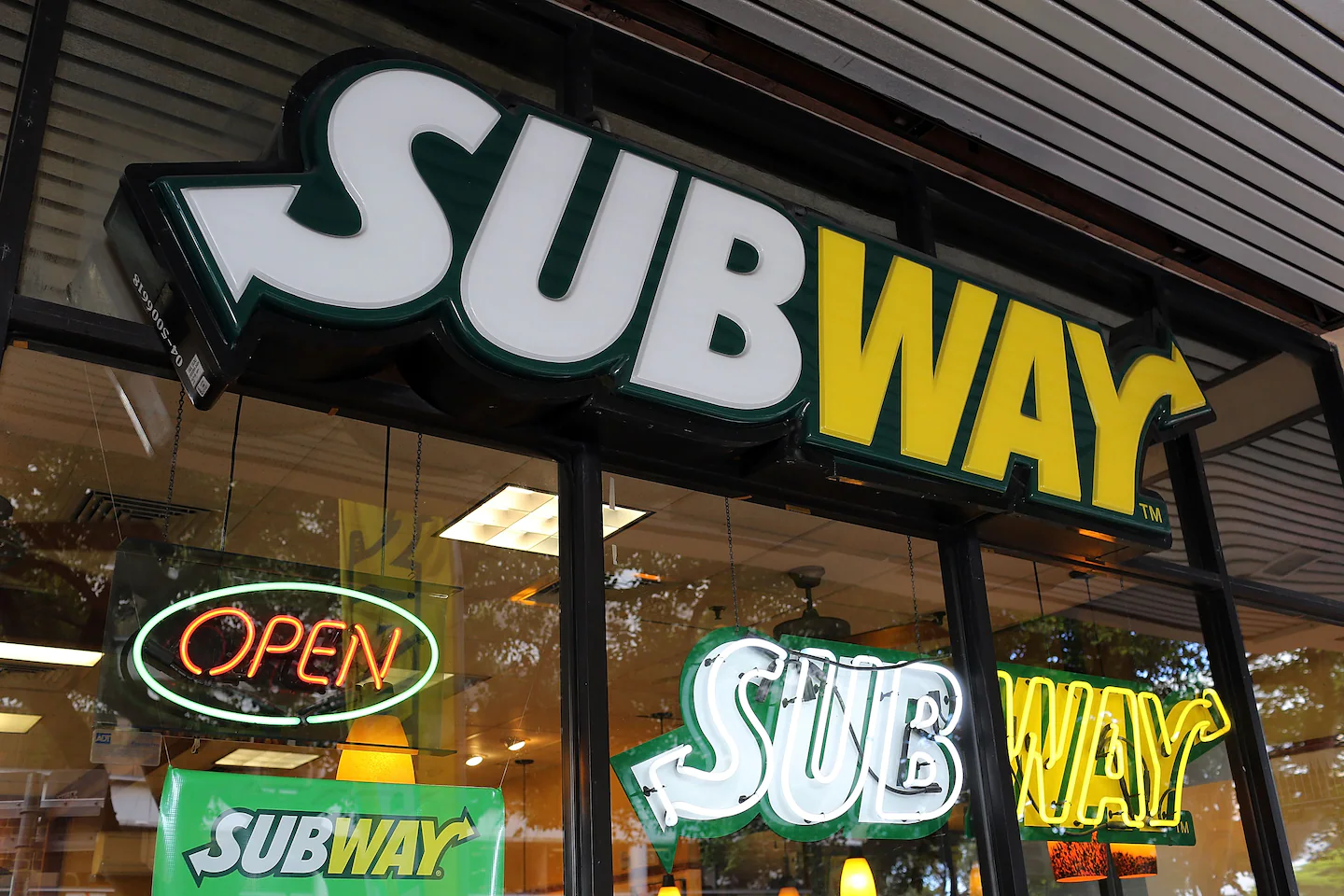In the filing, the plaintiffs alleged that 19 of the 20 samples collected from Subway locations in Southern California contained “no detectable tuna DNA sequences whatsoever,” based on DNA bar coding tests conducted by the Barber Lab at UCLA’s Department of Ecology and Evolutionary Biology. They also alleged that all 20 samples contained “detectable sequences of chicken DNA,” while 11 samples contained pork DNA and seven included cattle DNA.
Then, as now, Subway disputed the allegations, saying the fish in its sandwiches is 100 percent wild-caught tuna. What’s more, in December, the company’s lawyers filed a motion asking U.S. District Court Judge Jon S. Tigar to dismiss the suit with prejudice.
In his July 7 order, Tigar did dismiss the claims by Dhanowa, who allegedly provided no evidence she had purchased Subway products or “suffered any harm.” Tigar also dismissed the plaintiffs’ claim that Subway deceived customers by selling sandwiches that were not 100 percent tuna. Reasonable consumers, the judge noted, understand that tuna salad sandwiches contain mayonnaise, bread and other ingredients.
But the judge declined to dismiss the claim that Subway’s tuna products contain “other fish species, animal species or miscellaneous products.” Subway claims that any evidence of other animal DNA likely comes from the eggs in the mayo or from the cross-contact of ingredients, as a sandwich maker — dubbed a “sandwich artist” in Subway’s corporate culture — uses the same gloves, utensils and cutting boards to prepare various items.
“Although it is possible that Subway’s explanations are the correct ones, it is also possible that these allegations refer to ingredients that a reasonable consumer would not reasonably expect to find in a tuna product,” Tigar wrote.
“Moreover,” the judge continued, “even if the Court accepted Subway’s statement that all non-tuna DNA must be caused by cross-contact with other Subway ingredients, it still would not dismiss the complaint on this basis. Whether, and to what extent, a reasonable consumer expects cross-contact between various Subway ingredients is a question of fact.”
Mark C. Goodman, an attorney representing Subway, said it is “disappointing that this meritless lawsuit was not dismissed with prejudice.”
“While we obviously understand the Court is required to accept the plaintiff’s claims as true at the pleadings stage of the case, the fact is plaintiff’s claims are not true. Subway tuna is tuna,” Goodman wrote in an email to The Post. “We look forward to vindicating Subway once the Court is able to consider the evidence and we are very confident that judgment will be entered for Subway on each of the plaintiff’s claims.”
In its motion to dismiss, Subway argued that the tuna DNA tests were unreliable because the plaintiffs did not provide enough information on the lab’s methodologies. The chain has argued that only precise testing methods can detect tuna DNA after the fish has been cooked with high heat. DNA bar coding, used frequently in fish fraud cases, is apparently most effective for determining a species from “fresh or living tissue,” and not as reliable on finished or cooked products.
Two other media outlets have analyzed Subway’s tuna as well. Inside Edition tested samples from three Subway locations and determined each contained tuna. But the New York Times analyzed a sample and found that “no amplifiable tuna DNA was present,” although that may be because the sample was so processed that testing equipment couldn’t detect the species.
Tigar was not swayed by Subway’s argument over testing methods. Nothing under the applicable legal rule suggests the plaintiffs “must provide specifics about the means by which the falsity was revealed,” the judge noted in quoting precedent.
“The Court finds that the complaint ‘as a whole’ is sufficiently specific about what is false and why,” Tigar wrote. “It states that the ‘tuna’ description is false either because there is no tuna in the products and/or because there are ingredients that a reasonable person would not expect to find in an item described as ‘tuna.’ That is enough.”
Amin now has 21 days to file an amended complaint. If filed, the lawsuit will be the plaintiff’s fourth against Subway and its tuna.
Amin was party to the original lawsuit in January 2021, which claimed Subway’s tuna was “a mixture of various concoctions that do not constitute tuna, yet have been blended together by defendants to imitate the appearance of tuna.” The complaint was revised in June of last year to narrow its claims to allege the tuna was not 100 percent sustainably caught skipjack and yellowfin. Tigar dismissed the revised lawsuit in October, saying the plaintiffs did not prove they had purchased the tuna products based on misrepresentations from Subway.
From the moment the first lawsuit was filed, Subway has been fighting back, both in the courts and in the court of public opinion. The company has established a web page, SubwayTunaFacts.com, which tries to provide transparency on the chain’s supply chain as well as expert opinions on the content of Subway’s tuna.
The chain says it tests its tuna regularly.
“But you don’t have to take our word for it,” the company says on its site. “Applied Food Technologies is one of the only labs in the country with the ability to test broken-down fish DNA, which makes it more accurate in testing processed tuna. AFT conducted more than 50 individual tests on 150 pounds of Subway’s tuna for Inside Edition and confirmed yellowfin and/or skipjack tuna in every sample.”
